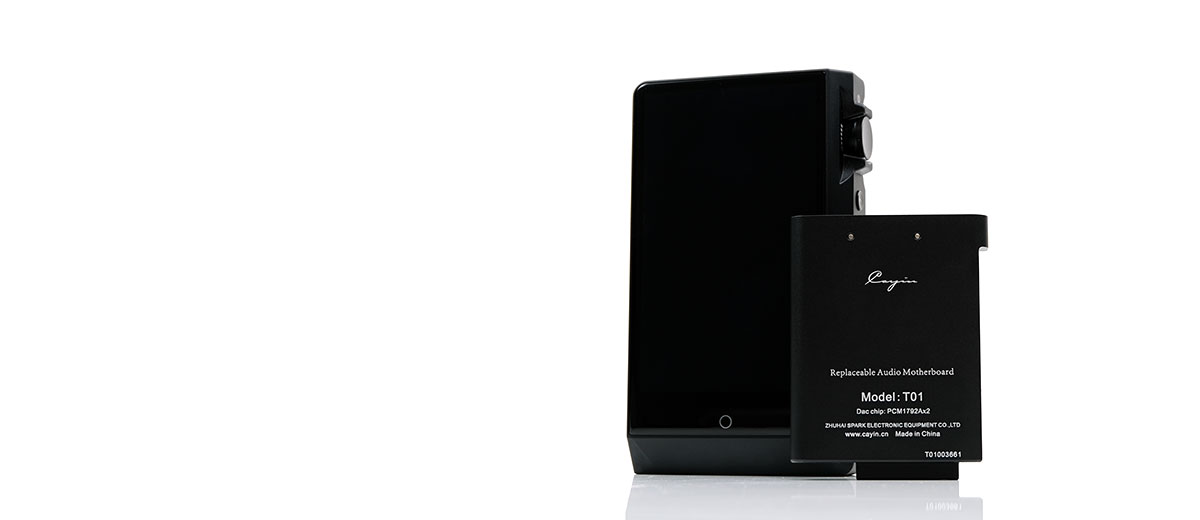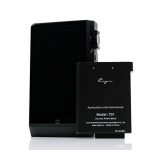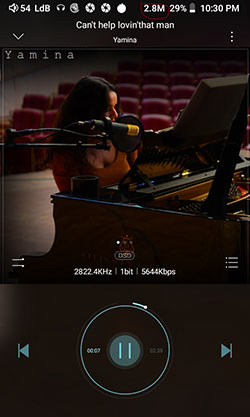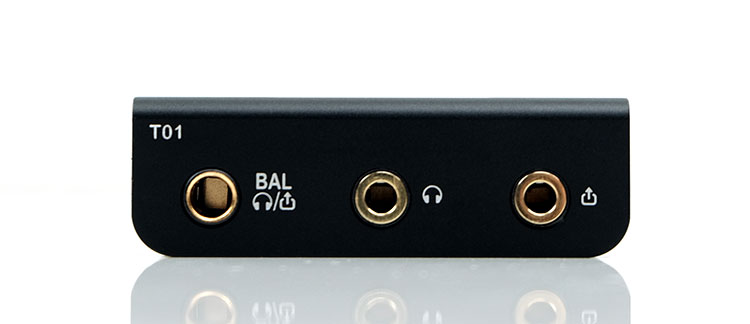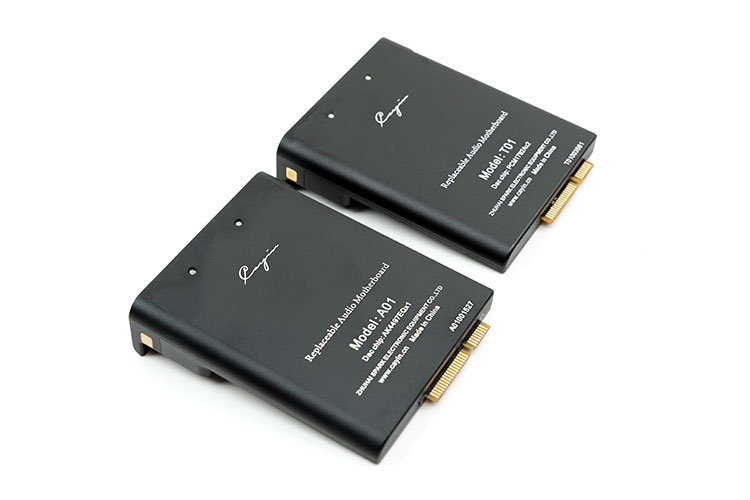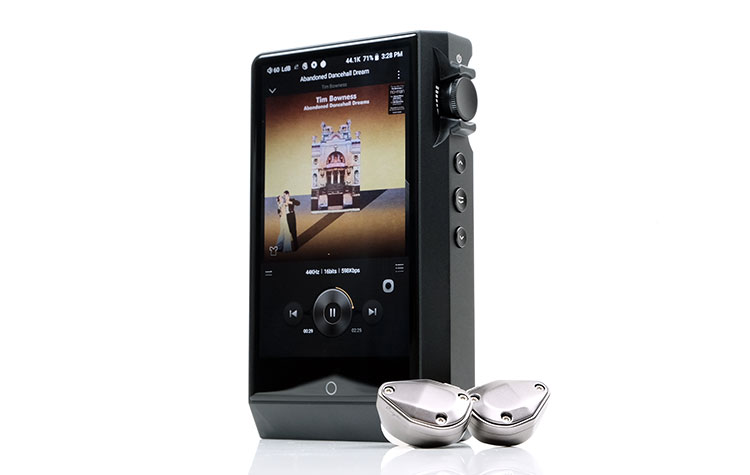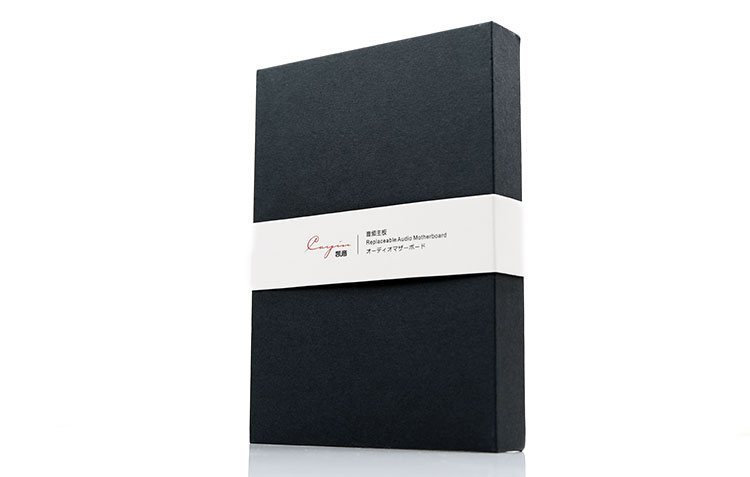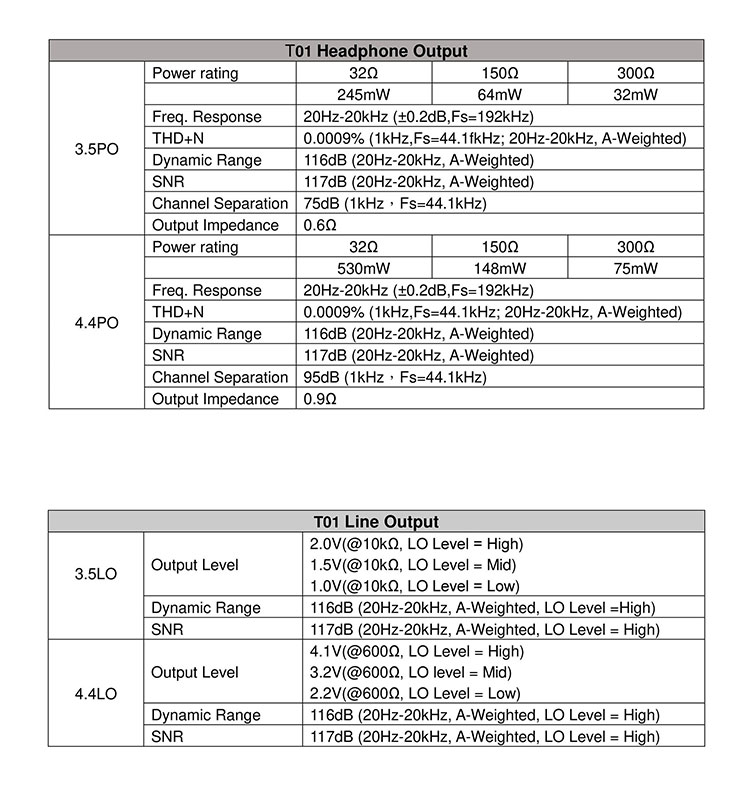The Cayin T01 Motherboard is the second module released for Cayin’s new N6ii DAP featuring a dual PCM1792A DAC implementation and a quad OPA1622 op-amp design. It is priced at $339.
Disclaimer: The Cayin T01 was sent to us as a sample in exchange for our honest opinion. We thank Cayin for this opportunity.
To learn more about Cayin products on Headfonics you can click here.
Note, this review follows our new scoring guidelines for 2020 which you can read up on here.
If I may start this review with one of the final statements I made with the original N6ii review,
The N6ii is very much a long-game digital media player. As of right now, the A01 motherboard taps into Cayin’s house sound or preference for something slightly richer, sweeter and an all-round performance that will appeal to a very wide audience indeed.
But who knows where things will go in the future. With the launch of a completely interchangeable sound section (DAC & Amp), Cayin can go in any direction with the performance of the N6ii outside of purely physical and electrical limitations.
Indeed, the long-game has already begun and much earlier than I thought it would with the recent announcement of the second motherboard, the T01. The direction this time could almost be titled “Back To The Future” given the clear homage-like pitch to the use of the original N6’s dual DAC PCM1792 chipset from 2015.
From the outset, and given the price point, this is more than a mere accessory or add-on. The T01 will be offered as an alternative to the A01 when checking out or buying the main N6ii player. Check with your local dealer on the specifics in terms of buying the N6ii with the A01 or T01 as your stock motherboard. Otherwise, as a second motherboard, it will set you back $339.
Tech Inside
The DAC change is more significant than the amping setup inside the T01 since the T01 uses the same amplification design as the first card, the A01. Just to note A stands for AKM and T stands for Texas Instruments.
These are the companies that make the delta-sigma chips inside the amp cards. This gives Cayin plenty of scope to not only release more TI or AKM cards with the number series but to also go with different companies and change the letter series. For example, Korg could be a K and ESS Sabre could be an E.
DAC
So I mentioned this being a ‘homage’ and true enough the T01 uses the same dual DAC current mode PCM1792 chipset from the original N6. It has been a very long time since I have heard the N6 but checking our original review I remember it as being a very good performer for the price point which was around $600-700 in 2015.
This DAC, however, is being chosen more for the timbral tuning than flagship-class technical capability. The current mode PCM1792 has been around since before the era of the DSD so its hi-res decoding potential is more limited than the voltage mode A01 though not in the DSD domain but rather the PCM decoding.
The T01 is limited to 24BIT/192kHz, higher will be downsampled) but it can actually natively decode up to DSD256, (the N6 could only manage DSD128).
Granted, I think that will cover about 99% of what most people will listen to and I do not have any PCM tracks higher than 24BIT/192kHz. I do however have plenty of DSD128 and DSD256 so the screenshots above show the N6ii with the T01 decoding natively at both levels in the top notifications bar, (circled in red).
Analog Domain
Unlike the A01, the T01 switches volume control into the analog domain with a dual Burr-Brown (TI) PGA2311A volume control implementation. The PGA2311A is a digitally controlled analog volume, so to the N6ii controls its volume in the analog domain, rather than digital. Those concerned that an analog implementation may result in a potential channel imbalance at low volumes can rest at ease. The channel balance is excellent on the T01.
Amplification
The Amp side is demonstrably superior to the older N6 with a quad OPA1622 op-amp design similar to the A01. The T01 is capable of a balanced 4.4mm output at 530mW on a 32Ω load and 245mW for the same load unbalanced. The older N6 did not have balanced and delivered slightly less power balanced at 220mW into 32Ω. The T01 also had a dedicated 3.5mm LO and shared balanced 4.4mm LO similar to the A01.
There is a little drop in some technical numbers compared to the A01 because of the use of the older dual PCM1792 chipset. However, given the use of the same amp stage as the A01 and simply more modern implementation techniques, the gap is not huge at all and in some cases, the T01 is the better performer.
For example, the A01 unbalanced dynamic range is 118dB whereas the T01 is 116dB. The THD+N performance for unbalanced for the two cards are exactly the same at 0.0009% and for balanced output, the T01 is just marginally better at 0.0009% compared to 0.0008% for the A01.
In case you are wondering, yes, the performance numbers are vastly superior to the older N6 also. The dynamic range is a good 6-7dB better and with a far higher THD+N than the N6’s weighted rating of 0.005%. In theory, the T01 should have a much blacker background and far less noise for sensitive IEMs than the older N6.
Battery Life
Just an important note here that changing to the T01 does affect the N6ii battery life performance significantly. The price of admission for an older less efficient dual DAC chipset over the single channel AK4497EQ as well as the additional two PGA2311A volume controllers for the channels. From around 13-14 hours (balanced and balanced) it goes way down to 8.5 (unbalanced) to 7.5 (balanced) hours.
Unboxing & Accessories
The T01 box is a little bigger than the iBasso amp card boxes with a bit more padding and cushioning for the motherboard and accessories. Yes, you do get a screwdriver and it is a similar design to the excellent FiiO T5 version.
I much prefer these screwdrivers to the iBasso straight head screwdriver. You can apply pressure on the top and twist the main barrel with your hand moving which makes it so much easier to take the screws in and out.
Given none of these screwdrivers are magnetized you can lose them very easily if you drop them. This screwdriver reduces that plus Cayin have included 4 spare screws in the package as additional insurance.
Form Factor
Unlike the iBasso cards, the N6ii motherboards are integrated right into the body rather than as extensions. That means they are designed with only the top panel showing rather than as an extension of the main DAP body. Side by side it is easy to make out their differences from the labeling on the flush side which also includes the DAC chipset specification and serial number.
The A01 and T01 thus look almost the exact when inserted same except for some decal changes on the top panel including the T01 designation and a switch from just ‘BAL” on the top of the 4.4mm output to BAL/LO to the side of the same output.
Motherboard swapping
This was initially trickier than amp card swapping on FiiO and iBasso units until I learned a simple ‘hack’. The trickiness is not from the unscrewing which is super easy but rather taking the motherboard out without scratching the card or the N6ii paintwork.
None of the motherboards of the N6ii main player have any sort of rubber or silicone guide finishing. It is really metal on metal when you slide it out and in which jars with me slightly when you hear the contact noise. The A01 fit is also very tight and well it needs to be to give it that flush integrated look. The T01 fit for my unit was a little easier taking in and out.
The motherboards do not simply slide out once you unscrew it. You can gently wiggle it out using a small lip on the back or use a spudger to wedge it out. Anything metal like a knife or the screwdriver being used as a wedge will chip the paintwork on the card or the lip of the main player.
What’s the simple trick to get it out without touching it at all? Take out the screws and simply jack in a 4.4mm balanced cable and pull from the cable barrel. It slides right out without you having to touch a thing. I can’t guarantee yours will be as smooth, it doesn’t work for my A01 motherboard but the T01 fit seems more agreeable to the hack.
Sound Impressions
(Setup included Campfire Audio Solaris, Empire Ears Phantom, 64 Audio tia Trio and Cayin’s new YB04 IEMs)
Noise Floor
The very first thing you will notice with the T01 (unbalanced out) is just how low the noise floor is with a lack of perceptible hiss, especially with sensitive monitors. Our initial testing always starts with our most sensitive pairings such as the Solaris or Andromeda or something like the EE Phantom. None of these monitor pairings had a drop of hiss with the N6ii/T01 pairings which is very satisfying.
For those that are coming from, the original N6 will remember that the noise floor is not perfect with sensitive IEMs. Cayin has seriously reworked this design to eliminate that higher noise floor. With the 4.4mm out you will pick up a little more noise and hiss with super-sensitive monitors but it is not pervasive at all.
Timbre
The timbral change from the stock A01 is more nuanced than striking, but a change there is. The T01 shaves off a touch of that richness and full-bodied approach of the A01 in favor of something more linear sounding. The tone is lighter with a slightly sweeter sounding lower-mids timbre. That slight sweetness is in part due to the T01’s airier and slightly superior treble presence compared to the A01’s more relaxed albeit wetter tone.
Cayin has still kept the T01 top-end tuning fairly neutral but it will sound the brighter of the two amp cards with a bit more odd-harmonic infusion. Percussion timbre has a touch more presence but nothing splashy or terribly hard-edged on the T01. It has some additional bite and clarity which some will enjoy but you will find that overtone in some higher-pitched female vocal recordings so sibilance is just a shade higher compared to the A01.
On the low-end, I can’t discern any noticeable difference in terms of depth and sub-bass clarity between the two cards but it does sound like the T01 has a bit less warmth and body on the mid-bass moving into the lower-mids.
Instrumental timbre on the T01 is thus a bit more neutral in tone and quantity compared to the A01. This includes male vocals which sit a little further back compared to the A01 though they do have that sweet timbral tone I described earlier.
Staging
If you go back to my original N6 review I described the wide staging characteristic as leaving vocals slightly detached or stand-offish. Whilst I wouldn’t describe that experience with the T01 as being overly detached, it is definitely more neutral in vocal positioning compared to the A01, especially with baritone pitched male vocals.
The A01 pulls things in a bit more creating something more immediate but it also more intimate and not quite as spacious sounding as the T01’s soundstage. If you are looking for a slightly more expansive soundstage, perhaps for arena or orchestral music the T01 might be the better choice.
Synergy
With that wide-open spacious sound and more neutral instrumental/vocal positioning, I had some definite synergy choices between the A01 and T01 for tested monitors.
For example, the Campfire Audio Solaris is a blast with the A01 because of its warmer richer timbre, more forward voicing, (which the Solaris needs) and wetter treble. Now whilst I found the low-noise floor of the T01 to be perfectly fine for the Solaris, the more neutral vocal positioning and the slightly lighter tone was not my favorite combo. The A01 is a better match for vocals than the T01 using the Solaris.
The 64 Audio tia Trio was a solid pairing with the T01. The airier sound of the tia Trio was a perfect match for the expansive well separated instrumental positioning of the T01. Vocals are still further back but its less of an issue with the tia Trio’s more neutral tuning. I especially liked the treble performance with this pairing. It sounded articulate, well extended and with very little sharpness.
Although it is early days yet in my listening time with Cayin’s own YB04 quad-BA IEM I have to give it a shout out here because it is clear some referencing was happening with this pairing. Vocals on the YB04 seems a little more prominent with the T01 compared to the tia Trio. Treble also sounds very sweet and detailed without any peakiness. It lacks a little sub-bass power but it is punchy and pacy. I suspect if you want more power in the YB04 pairing then switch to the A01.
Our Verdict
At $339 the T01 is no mere accessory and it sits comfortably beside the A01 as an alternative motherboard for those who prefer something a little more open sounding, a bit lighter in tone, or more neutral in timbre. I do not think Cayin sees the T01 has any sort of “upgrade” on the A01. Those hoping for dual ES chipsets or tubes will have to wait as the T01 is all about tonal preferences.
Bear in mind that battery life and decoding on the T01 are not quite as impressive as the A01 so if DSD128 upwards and long battery life is important to you I would choose the A01 when checking out with your shiny new N6ii. It is one of the big strengths of the A01 motherboard.
The T01/N6ii will also affect your monitor pairing choices. The synergy of some pairings and any monitor where vocals might dip a little are better served with the A01. For those monitors that deliver a bit more headroom or treble presence then the T01 might be the wiser choice of the two. Especially if you gravitate towards orchestral recordings and need a low noise floor to go with it. Here, the T01 performs very nicely on that final note.

